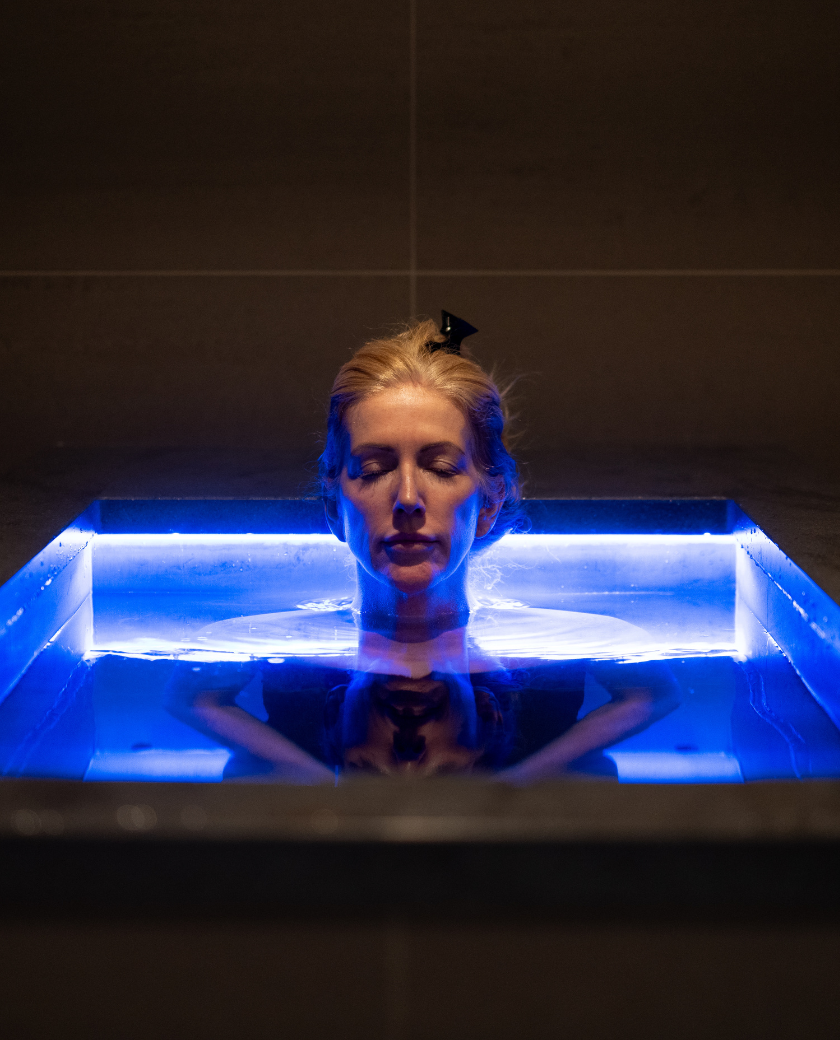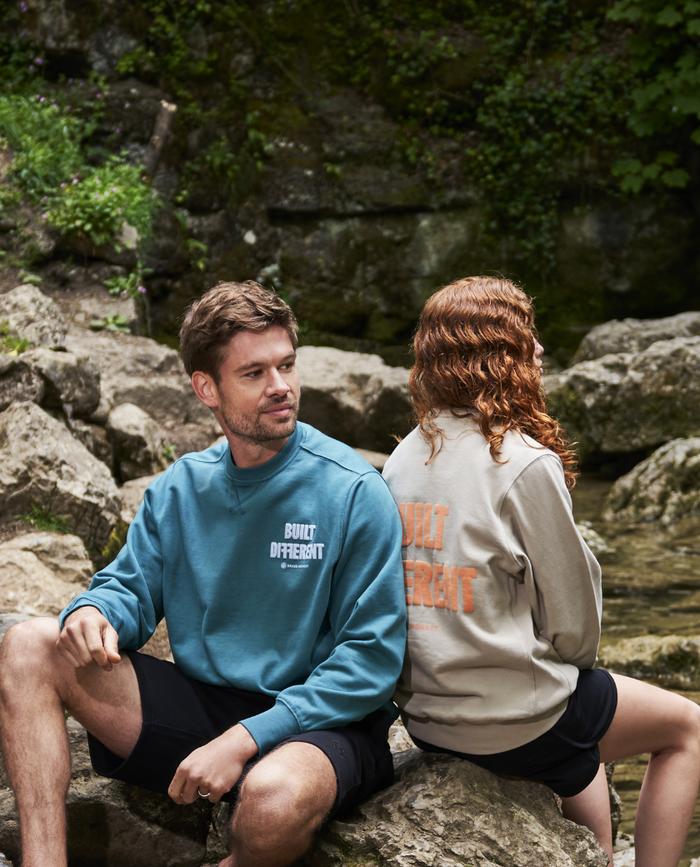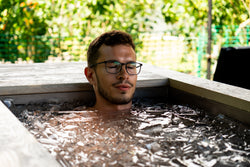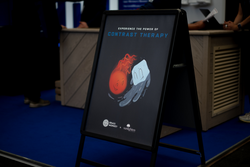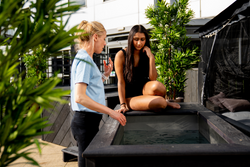8 steps to mastering the cold

There’s so much advice out there on cold water immersion telling you what to do and how to do it. But we understand that cold water exposure is a very personal thing and we all do it differently depending on why we’re doing it, what we’re using to do it, and the environment available to us. So we’ve put together 8 easy steps to help you get a good grip on your practice and some of the things you might want to consider before you jump into your cold plunge or ice bath.
Stay in control.
Set your intention. Decide what you’re going to do and stick to it. Are you doing a 2 or 5 minutes cold shower, or maybe a 3 minute ice bath for example? Base it on how you feel on the day, not what happened yesterday or a predetermined plan. Don’t put pressure on yourself. It’s not necessary and it won’t do you any good. Bring your mind to ‘now’, this is all part of the practice. Be clear about how you will exit if it’s too uncomfortable. Decide, then do it.
Just breathe.
When you’re in the water, be there mindfully. Be ‘in the room’. Keep focused on your breath. You want slow and controlled inhales through the nose and extended exhales through the mouth. This tells your body to stay calm, that we are all good, that we are in control, there is no fight here or anything to fear. You are in complete control. Everyone feels the urge to breathe frantically at first, it’s a chemical response that is the challenge for even the most adapted practitioners. They use their breath to manage it, and you can too.
Trust the process
Slow and steady wins the race. Why? Because you will always exit enjoying it which means you’ll come back and keep adapting. Aim for your cold bath to be uncomfortably cold, just play, feel it for the duration you already decided, then get out. Repeat tomorrow.
Keep it fun
A cold practice should be fun. We’re not trying to break records like Wim Hof so keep it light. Be amused by yourself. It’s not serious so long as you’re practicing safely. How ridiculous, you can sit in cold water and you’ll feel amazing after just a couple of minutes!
Decide
On the recent Wim Hof show (BBC’s, Freeze the Fear) Wim said many times to participants before they entered the water, “You decide”. First decide how you want to feel and how you will get in. See yourself in the water, happy. Decide how your body will react. Decide you will smile throughout and decide that you have control over your breath. Visualise what’s going to happen and then do it. It’s already easier because you’ve told yourself how it’s going to play out.
Exit consciously
The most serious part of cold-water therapy comes at the exit point. You need to be as switched on for the minutes after as you were when you were in the water. A chilled feeling is most likely as the blood re-circulates from the extremities, but we don’t want extended shivering. Extended discomfort afterward is unnecessary and a sign of pushing too hard (be that temperature, time or both), warming too fast or not warming consciously. To warm consciously with a gentle cycle on an exercise bike, walk around, or our favourite, the Wim Hof “horse stance”. Feel your body getting warmer. Take several minutes at least before heading into a warm house or grabbing hot coffee.
Time it well to protect your sleep
We’ve talked about our circadian rhythm. Morning to mid-afternoon cold dips will align with your natural circadian rhythm. Evening and night-time are much more likely to initiate biochemical changes that will disrupt what your body’s natural cooling process to help you fall asleep. Shock cooling the body actually warms us up so not ideal! Anecdotal evidence we’ve collected reveals that cold showers late in the day don’t impact sleep and can even improve it, yet late dipping in an ice bath disrupts sleep for others. It’s not hard and fast rules here, so see what works for you.
Know your why.
Why are you doing this? Knowing your ‘why’ will help you stay focused and keep your practice consistent. For example, if you want a simple mood lift, that can be achieved in a 30 second dip in temperatures well above freezing. But the more cold-adapted you become and the more interested you are in the deeper benefits, then the more likely you’ll need something colder for longer. Is it about mood? Exercise recovery? Mental health and active resilience building? Or a more passive breath work or meditation-like practice? It’s all cold, with different outcomes and benefits.
If you’d like to continue reading, check out our FREE full Deliberate Exposure Guide.
Just starting out your cold water journey? Learn everything you need to get going by visiting our ice baths for beginners guides.



